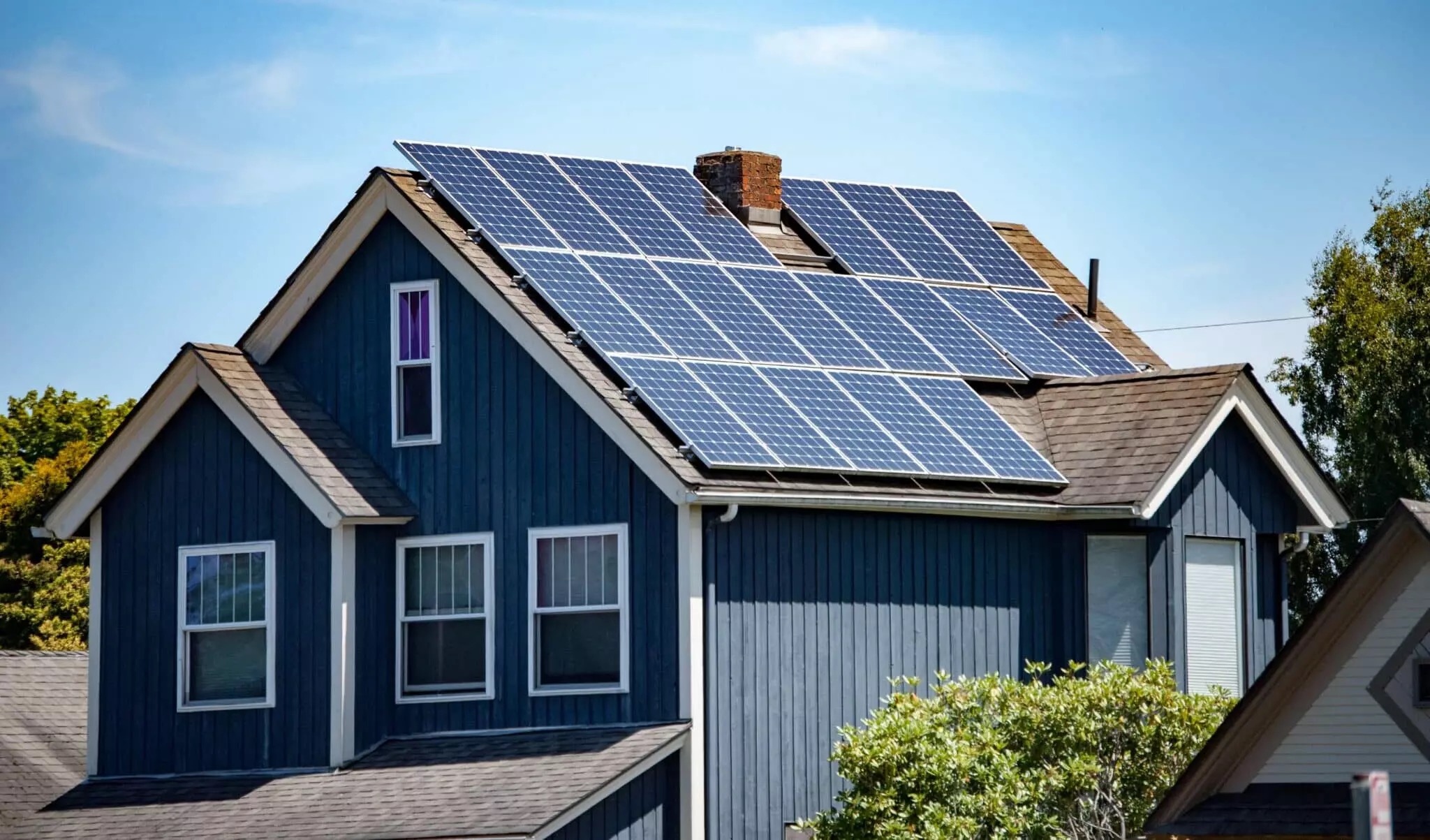
Building a Greener Future: The Role of Sustainable Housing in Resource Conservation and Environmental Harmony
In a time when resource scarcity and environmental concerns have become pressing worldwide issues, sustainable housing stands as a beacon of innovation and ethical living. It signifies a fundamental change in the way we approach the planning, building, and quality of life in our houses. As a key component of the answer to today's and tomorrow's problems, sustainable housing emphasizes lowering carbon footprints, preserving resources, and creating healthier living conditions. The idea behind sustainable housing is to minimize adverse effects on the environment while improving the quality of life for those who live there. Renewable energy sources, such as solar, wind, or geothermal energy, are used in sustainable homes to power household appliances. Energy usage is further decreased by integrating LED lighting, energy-efficient appliances, and smart home technologies, which help to mitigate greenhouse gas emissions.
Selecting environmentally friendly building materials is another crucial component. Recycled, renewable, and locally obtained materials should be a given priority in sustainable homes, lowering the carbon footprint caused by manufacturing and shipping. Modern building methods like modular and prefabrication reduce waste production and resource depletion while also streamlining the construction process. Furthermore, a key component of sustainable housing is water conservation. Water consumption is greatly decreased by installing low-flow fixtures, rainwater collecting systems, and greywater recycling. These tactics help save costs for households while simultaneously reducing the demand for water supplies.
Passive design techniques that maximize natural ventilation, lighting, and insulation are emphasized in sustainable housing as well. A home's orientation, the type of insulation it uses, the placement of windows and shading devices, and other factors all work together to control inside temperature. These factors minimize the need for excessive heating or cooling, which lowers energy consumption. Sustainable housing puts the health and well-being of its residents above any environmental advantages. Healthy living environments are produced by the use of non-toxic materials and enhanced indoor air quality via sufficient ventilation systems, which lowers the risk of respiratory problems and other health-related difficulties.
Sustainable housing contradicts the conventional anthropocentric perspective, which has traditionally placed human needs and wants above the inherent worth of the natural world. It acknowledges the connectivity and interdependence between people and the environment and moves the focus in the direction of an ecocentric viewpoint. Anthropocentrism tends to see nature as a resource that can be used for human gain, frequently ignoring the long-term effects of such use. Sustainable housing uses renewable materials, cuts waste, and conserves energy and water to lessen its negative environmental effects. It also recognizes the limitations of natural resources. Sustainable housing incorporates nature into its architecture rather than forcing human requirements upon it. It adjusts construction methods to work with, rather than against, the environment by taking into account the local ecosystems, climate, and natural characteristics. Sustainable housing practices place equal emphasis on the health of the surrounding ecosystems as well as the health and well-being of occupants. Utilizing non-toxic materials and reducing pollution are two ways that these actions improve the general balance of the ecosystem. Sustainable housing adopts a more forward-thinking stance than anthropocentrism-associated shortsightedness. It highlights how crucial it is to manage resources responsibly for the benefit of future generations and recognizes the connection between human behavior and the environment.
With its numerous environmental advantages, solar panels have become a beacon of hope in the field of renewable energy. By capturing sunlight and converting it into electricity, these cutting-edge gadgets lessen our dependence on fossil fuels and their negative environmental effects. Solar panel adoption offers numerous benefits, which makes it an essential part of the global shift towards a more sustainable future. First and foremost, solar energy systems have a major positive impact on lowering greenhouse gas emissions. Due to its heavy reliance on fossil fuels like coal, oil, and natural gas, traditional energy generation emits significant volumes of carbon dioxide and other dangerous pollutants into the atmosphere. On the other hand, when solar panels are in use, they produce little to no emissions since they are powered by the sun, a clean and sustainable resource. Solar energy is essential for reducing air pollution and preventing climate change since it replaces the use of fossil fuels. This promotes cleaner air and a healthier environment for all living things.
Due to its heavy reliance on fossil fuels like coal, oil, and natural gas, traditional energy generation emits significant volumes of carbon dioxide and other dangerous pollutants into the atmosphere. On the other hand, when solar panels are in use, they produce little to no emissions since they are powered by the sun, a clean and sustainable resource. Solar energy is essential for reducing air pollution and preventing climate change since it replaces the use of fossil fuels. This promotes cleaner air and a healthier environment for all living things. Additionally, installing solar panels contributes to water resource conservation, an important but sometimes disregarded part of producing electricity through conventional means. Conventional power plants, especially those that run on coal or natural
Post a comment